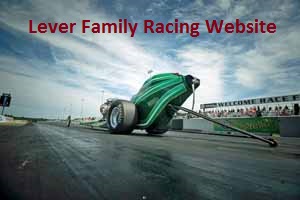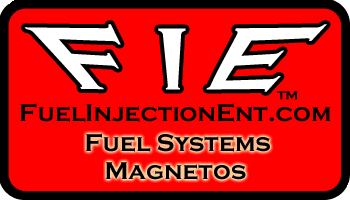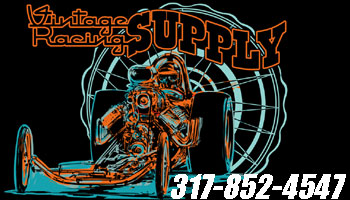1
Matt Shaff's Engine Shop / Dual Magnacharger supercharged early Hemi
« on: January 10, 2017, 06:04:07 PM »
Hello everyone- I have an RCS 170" FE dragster which I have had for 30 years. It currently has a Mopar 440 with iron heads and a single 4bbl. Not a serious build, but I did get one 160MPH clocking at Redding Dragstrip a long time ago. A friend has a early hemi motor which is already machined for 4 bolt mains and will be finished by the engine builder sometime this year. My friend intends to use this motor in my dragster which I am most certainly cool with. I will need an adapter for the Hemi-to-Powerglide. We have been planning on a Gene Adams tuned Hilborn stack injection system until my buddy bought a long time languishing project from a former boat racer.
The parts he bought were two Magna chargers and a PFM side-by-side dual Magnacharger manifold, which has a base to fit on a 14-71 blower manifold. It has two blower burst panel openings, one on each end. What is cool, besides the good looking wow factor, is that the two blowers are arranged in a 'V', which should help driver visibility. We both are lucky to live only 15 miles from Magnusson blowers in Ventura, CA.
My question is about the history of the PFM dual supercharger manifold. I have done a Google search and found nothing about this manifold, but did learn that PFM has been out of business for over 10 years.
Can anyone here offer any info and history? Thanks, -Andy Carlson, Ojai CA
The parts he bought were two Magna chargers and a PFM side-by-side dual Magnacharger manifold, which has a base to fit on a 14-71 blower manifold. It has two blower burst panel openings, one on each end. What is cool, besides the good looking wow factor, is that the two blowers are arranged in a 'V', which should help driver visibility. We both are lucky to live only 15 miles from Magnusson blowers in Ventura, CA.
My question is about the history of the PFM dual supercharger manifold. I have done a Google search and found nothing about this manifold, but did learn that PFM has been out of business for over 10 years.
Can anyone here offer any info and history? Thanks, -Andy Carlson, Ojai CA





